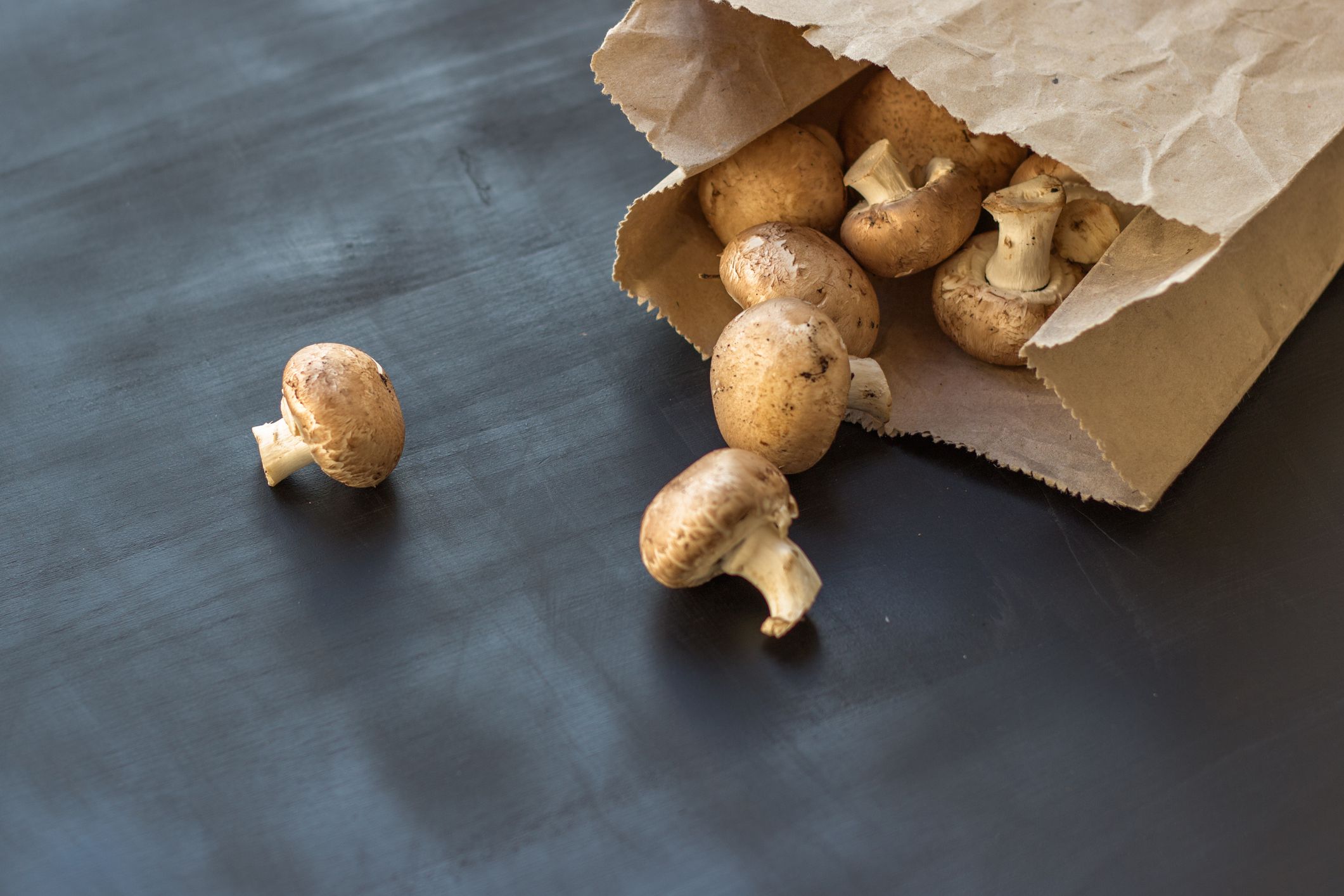

Articles
How To Store Mushrooms
Modified: January 18, 2024
Learn the best ways to store mushrooms in this informative article. From refrigeration to drying methods, discover how to keep mushrooms fresh and flavorful for longer.
(Many of the links in this article redirect to a specific reviewed product. Your purchase of these products through affiliate links helps to generate commission for Storables.com, at no extra cost. Learn more)
Introduction
Mushrooms are a versatile and delicious ingredient that add depth and flavor to a wide range of dishes. Whether you’re a mushroom enthusiast or just enjoy incorporating them into your meals from time to time, knowing how to properly store them is essential to maximize their freshness and taste.
Proper storage ensures that mushrooms remain firm, flavorful, and free from spoilage for as long as possible. By following the right techniques, you can extend the shelf life of your mushrooms and also save money by minimizing waste.
In this article, we will explore the various methods of storing mushrooms to help you make the most out of your fungi. From selecting the right mushrooms to freezing and dehydrating them, we have got you covered.
So, let’s dive in and learn how to keep your mushrooms fresh and flavorful for future culinary adventures!
Key Takeaways:
- Properly storing mushrooms is crucial for preserving their freshness, flavor, and texture. From selecting the freshest mushrooms to freezing and dehydrating, these methods help extend shelf life and minimize waste.
- Whether it’s refrigerating whole mushrooms, freezing sliced ones, or preserving in oil, knowing how to store mushrooms correctly ensures year-round enjoyment, reduced food waste, and enhanced culinary creations.
Read more: How To Store Button Mushrooms
Selecting the Right Mushrooms
When it comes to selecting mushrooms for storage, it is important to choose the freshest specimens available. Fresh mushrooms have a firm texture, vibrant color, and mild aroma. Here are a few tips for selecting the right mushrooms:
- Appearance: Look for mushrooms that have a smooth surface and are free from blemishes, bruises, or dark spots. Avoid mushrooms that appear slimy or have visible mold.
- Firmness: Gently squeeze the mushrooms to check for firmness. They should feel solid and slightly springy without any sponginess.
- Color: Different mushroom varieties come in different colors. Choose mushrooms that have a consistent color throughout. For example, button mushrooms should be white, while portobello mushrooms should have a dark brown color.
- Aroma: Mushrooms should have a clean, earthy smell. Avoid mushrooms that have a strong or unpleasant odor.
It is also worth noting that different mushroom varieties have varying shelf lives. For example, delicate mushrooms like morel or chanterelle have a shorter shelf life compared to heartier mushrooms like the cremini or portobello. It is best to consume delicate mushrooms within a few days of purchase while heartier mushrooms can last up to a week when stored properly.
By taking the time to select the freshest mushrooms, you are setting yourself up for success when it comes to storing them and preserving their quality over time.
Cleaning Mushrooms
Before storing mushrooms, it is crucial to clean them properly to remove any dirt, debris, or bacteria that may be present. Here’s a step-by-step guide on how to clean mushrooms:
- Trimming: Start by trimming off the tough ends of the mushroom stems using a sharp knife. This step is especially important for mushrooms with woody stems like shiitake or portobello.
- Brushing: Use a soft-bristled brush or a mushroom brush to gently brush off any visible dirt or debris from the mushroom caps. Make sure to brush in the same direction to avoid damaging the delicate mushrooms.
- Wiping: If the mushrooms are particularly dirty, you can dampen a paper towel or a clean cloth with water and very gently wipe the caps and stems to remove any remaining dirt. Avoid soaking the mushrooms in water as they tend to absorb moisture and become slimy.
- Rinsing (optional): If you prefer to rinse your mushrooms, do so quickly and avoid keeping them submerged. Rinse the mushrooms under cold water and pat them dry with a paper towel immediately after to prevent them from becoming waterlogged.
Remember that mushrooms are like sponges, so excessive moisture can affect their texture and flavor. It is generally best to clean mushrooms just before you plan to use them to maintain their freshness.
Once the mushrooms are cleaned, it’s time to move on to the proper storage techniques based on the type and condition of the mushrooms. Whether you have whole mushrooms, sliced mushrooms, or even cooked mushrooms, there are specific methods that will help you preserve and store them successfully.
Storing Whole Mushrooms
Storing whole mushrooms is a straightforward process that involves protecting them from moisture and maintaining a cool temperature. Here are a few methods you can try:
- Refrigerator Storage: The refrigerator is the ideal place to store whole mushrooms. To begin, gently wrap the mushrooms individually or place them in a paper bag. This helps to absorb excess moisture and prevent the mushrooms from becoming slimy. Then, store the wrapped or bagged mushrooms in the vegetable crisper drawer or on a shelf towards the back of the refrigerator, where it’s cooler. Avoid storing mushrooms in airtight containers as it can cause moisture buildup.
- Parchment Paper Method: Another option is to place the whole mushrooms on a tray lined with parchment paper. Make sure to leave some space between each mushroom to allow for adequate air circulation. Place the tray in the refrigerator, uncovered or loosely covered with a breathable cloth or paper towel. This method helps to absorb excess moisture and extends the shelf life of the mushrooms.
- Vegetable Storage Bags: If you prefer a more convenient option, you can use breathable vegetable storage bags to store whole mushrooms. These bags provide an ideal environment for mushrooms by allowing them to breathe while protecting them from moisture and drying out. Place the mushrooms in the bag, remove any excess air, and seal it tightly before storing it in the refrigerator.
Regardless of the method you choose, it is important to check your mushrooms regularly. Inspect them for any signs of spoilage such as mold, discoloration, or sliminess. If you notice any spoiled mushrooms, remove them immediately to prevent further contamination.
By following these storage methods, you can extend the shelf life of whole mushrooms and ensure they remain fresh and ready to use in your culinary creations.
Storing Sliced Mushrooms
Sliced mushrooms can be more challenging to store compared to whole mushrooms, as they are more exposed to moisture and tend to deteriorate faster. However, with the right techniques, you can still prolong their freshness. Here’s how to store sliced mushrooms:
- Refrigerator Storage: Place the sliced mushrooms in an airtight container or a resealable plastic bag. Make sure to remove as much air as possible from the container or bag before sealing it. This helps to prevent moisture buildup and maintain the quality of the mushrooms. Store the container or bag in the refrigerator, preferably in the vegetable crisper drawer or on a shelf towards the back.
- Using Paper Towels: If you notice that the sliced mushrooms are particularly moist, you can place a layer of paper towels in the container before adding the mushrooms. The paper towels absorb excess moisture and help to keep the mushrooms fresh. Just make sure to replace the paper towels if they become damp.
- Freezing: If you have a large quantity of sliced mushrooms that you won’t be able to use before they spoil, consider freezing them. Spread the sliced mushrooms in a single layer on a baking sheet lined with parchment paper and place it in the freezer until the mushrooms are firm. Once frozen, transfer the mushrooms to a freezer bag or airtight container, remove any excess air, and seal it tightly. Frozen mushrooms can be stored for several months and are great for adding to soups, stews, or sautés.
Regardless of the method you choose, it’s important to note that sliced mushrooms have a shorter shelf life compared to whole mushrooms. Therefore, it’s best to use them within a few days to maintain their quality.
Remember to check the sliced mushrooms for any signs of spoilage before using them. If you notice a slimy texture, discoloration, or a foul odor, discard them immediately to avoid consuming spoiled mushrooms.
By following these storage methods, you can enjoy the convenience of sliced mushrooms while ensuring they stay fresh and flavorful for your culinary creations.
Read more: How To Store Mushroom Chocolates
Storing Cooked Mushrooms
If you have cooked mushrooms leftover from a meal or if you want to prepare a batch of cooked mushrooms in advance, proper storage is essential to maintain their flavor and texture. Here are some methods for storing cooked mushrooms:
- Refrigerator Storage: Allow the cooked mushrooms to cool completely before transferring them to an airtight container. Make sure to remove as much air as possible to prevent moisture from causing the mushrooms to become soggy. Store the container in the refrigerator, preferably in the vegetable crisper drawer or on a shelf towards the back. Cooked mushrooms can typically be stored in the refrigerator for up to 3-4 days.
- Freezing: Cooked mushrooms can also be frozen for longer-term storage. To freeze cooked mushrooms, spread them out in a single layer on a baking sheet lined with parchment paper. Place the baking sheet in the freezer until the mushrooms are firm. Once frozen, transfer them to a freezer bag or airtight container, remove any excess air, and seal it tightly. Frozen cooked mushrooms can be stored for up to 2-3 months.
When using refrigerated or frozen cooked mushrooms, it is best to reheat them gently. You can quickly sauté them in a pan with a little oil or incorporate them into soups, stews, or stir-fries. Avoid overcooking the mushrooms during reheating, as this can affect their texture and flavor.
It is important to note that while cooked mushrooms can be stored, their texture may change slightly upon reheating. They may become softer or slightly mushy, but they can still be a flavorful addition to your dishes.
Remember to always use your best judgment when consuming stored cooked mushrooms. If you notice any signs of spoilage, such as an off odor or unusual texture, it is best to discard them to avoid any potential foodborne illness.
By properly storing cooked mushrooms, you can make the most of your leftovers and enjoy their rich, savory flavor in future meals.
Store mushrooms in a paper bag in the refrigerator to help absorb excess moisture and prevent them from becoming slimy. Avoid storing them in airtight containers or plastic bags, as this can cause them to spoil more quickly.
Freezing Mushrooms
Freezing mushrooms is an excellent way to preserve their freshness and extend their shelf life. Freezing allows you to have mushrooms on hand for future use, whether they’re out of season or you have a surplus that you want to save. Here’s how to freeze mushrooms:
- Clean and Prepare: Start by cleaning the mushrooms thoroughly using the methods mentioned earlier, such as brushing or wiping them. Slice or chop the mushrooms according to your preference or leave them whole if desired.
- Blanching (optional): Blanching mushrooms before freezing can help preserve their texture and flavor. Bring a pot of water to a boil and carefully submerge the mushrooms for a brief period, usually 1-2 minutes. Next, transfer the mushrooms to a bowl of ice water to cool them quickly and halt the cooking process. Once cooled, pat them dry with a paper towel.
- Packaging: Place the prepared mushrooms into freezer-safe containers or resealable freezer bags. Remove as much air as possible from the containers or bags to prevent freezer burn. If using bags, try to flatten them to create a more compact storage option.
- Label and Date: Don’t forget to label each container or bag with the contents and the date you froze them. This will help you keep track of their freshness and ensure you use them within the recommended timeframe.
- Freezing: Place the packed mushrooms in the freezer, ensuring they are arranged in a single layer. Avoid overcrowding, as this can lead to uneven freezing and make it harder to separate the desired amount when needed.
Frozen mushrooms can be stored in the freezer for up to 3-4 months without a significant loss in quality. However, for the best flavor and texture, it is recommended to use them within 1-2 months of freezing.
When you’re ready to use the frozen mushrooms, simply remove the desired amount from the freezer and thaw them in the refrigerator overnight or use them directly in cooked dishes from frozen. While the texture of frozen mushrooms may be slightly softer compared to fresh ones, they still retain their flavor and can be a convenient addition to soups, stews, stir-fries, or sautés.
By freezing mushrooms, you can enjoy their deliciousness all year round and reduce waste by preserving them for future culinary creations.
Preserving Mushrooms in Oil
Preserving mushrooms in oil is a great way to infuse them with flavor and extend their shelf life. The oil acts as a barrier, preventing air and bacteria from reaching the mushrooms, which helps to maintain their freshness. Here’s a simple method to preserve mushrooms in oil:
- Clean and Prepare: Start by cleaning the mushrooms thoroughly using the methods mentioned earlier. Make sure the mushrooms are completely dry before proceeding to the next step. Any moisture can promote bacterial growth and spoilage.
- Slice or Chop: Slice or chop the mushrooms according to your preference. Keep in mind that smaller pieces will absorb the flavors of the oil more quickly.
- Cooking: Heat a skillet over medium heat and add a small amount of oil. Sauté the mushrooms until they release their moisture and become golden brown. This step helps to partially cook the mushrooms, enhance their flavor, and remove excess moisture that could cause spoilage.
- Cooling: Allow the sautéed mushrooms to cool completely before continuing with the next steps. This prevents the hot mushrooms from causing the oil to spoil.
- Layering: In a clean, sterilized jar, start layering the cooled mushrooms and your choice of flavorings, such as garlic, herbs, or spices. Ensure the mushrooms are fully submerged in the oil to prevent any exposure to air.
- Covering with Oil: Pour enough oil over the mushrooms to completely cover them. Use a high-quality oil with a neutral flavor, such as olive oil or a mixture of olive oil and vegetable oil. The oil acts as a preservative and also adds flavor to the mushrooms.
- Sealing and Storing: Seal the jar tightly and store it in the refrigerator for up to 2-3 weeks. The mushrooms should stay fresh and flavorful during this time.
Remember to always use clean utensils and jars when preserving mushrooms in oil to avoid any potential contamination. It’s also important to check for any signs of spoilage, such as an off smell, discoloration, or mold growth. If you notice any of these signs, discard the mushrooms immediately to prevent any risk of foodborne illness.
Preserved mushrooms in oil can be a flavorful addition to salads, antipasti platters, sandwiches, pasta dishes, and more. They add a depth of flavor and can elevate your culinary creations with ease.
Dehydrating Mushrooms
Dehydrating mushrooms is an excellent method for long-term preservation, as it removes the moisture from the mushrooms, extending their shelf life. Dehydrated mushrooms are also convenient to use and can be rehydrated when needed for various dishes. Here’s how to dehydrate mushrooms:
- Clean and Prepare: Start by cleaning the mushrooms thoroughly using the methods mentioned earlier. Remove any dirt or debris and ensure they are completely dry before proceeding.
- Slice or Chop: Slice or chop the mushrooms into thin, even pieces. This helps to ensure consistent drying and rehydration later on.
- Pre-treatment (optional): Some mushrooms, such as porcini or shiitake, benefit from a pre-treatment method called blanching. Blanching involves briefly cooking the mushrooms in boiling water, followed by an ice water bath. This step helps to preserve their color and flavor before drying.
- Drying Method: There are various methods to dehydrate mushrooms, including using a dehydrator, an oven, or air-drying. If using a dehydrator, arrange the sliced mushrooms on the trays in a single layer, leaving space between them for proper airflow. Set the dehydrator to a low temperature, around 120-140°F (50-60°C), and allow the mushrooms to dry for several hours until they become crisp and brittle. If using an oven, spread the mushrooms on a baking sheet lined with parchment paper and place them in an oven set to the lowest temperature, usually around 170°F (77°C). Air-drying involves placing the sliced mushrooms on a wire rack in a well-ventilated area, away from direct sunlight, for several days until they are fully dried.
- Checking for Dryness: Test the mushrooms for dryness by removing a slice and trying to bend it. If it snaps easily, the mushrooms are dry and ready for storage. If they are still pliable or show any signs of moisture, continue drying them for a longer period.
- Storage: Once the mushrooms are fully dried, allow them to cool completely before storing them. Store the dehydrated mushrooms in airtight containers or vacuum-sealed bags to keep out moisture and preserve their quality. Keep the containers in a cool, dry place away from direct sunlight.
When you’re ready to use the dehydrated mushrooms, simply rehydrate them by soaking them in warm water or broth for about 20-30 minutes until they become soft and plump. Drain off any excess liquid before using the mushrooms in your desired recipes.
Dehydrated mushrooms have a concentrated flavor and can be used in soups, stews, sauces, stir-fries, or as a flavorful addition to rice and pasta dishes. They are a pantry staple and a convenient way to enjoy mushrooms throughout the year.
Read more: How To Store Oyster Mushrooms
Storing Dried Mushrooms
Proper storage of dried mushrooms is crucial to maintain their flavor and quality over time. Here are some tips on how to store dried mushrooms:
- Cooling: Before storing dried mushrooms, allow them to cool completely after the dehydration process to prevent any condensation from forming in the storage container.
- Airtight Containers: Transfer the dried mushrooms to airtight containers, such as glass jars or resealable bags. Make sure the containers are clean, dry, and free from any residual moisture.
- Labeling: Label each container or bag with the contents and the date of drying. This helps you keep track of the freshness of the mushrooms and ensures you rotate them properly.
- Storage Conditions: Store the dried mushrooms in a cool, dry, and dark place, away from direct sunlight, moisture, and heat sources. A pantry or cupboard is an ideal location for long-term storage.
- Absorbent Materials: To further protect the dried mushrooms from moisture, you can include an absorbent material in the storage container, such as uncooked rice or silica gel packets. This helps to absorb any residual moisture and prolong the shelf life of the mushrooms.
- Regular Inspection: Periodically check the dried mushrooms for any signs of moisture, mold, or insect activity. If you notice any issues, discard the affected mushrooms immediately to prevent spoilage from spreading.
- Rotation: Dried mushrooms can generally be stored for up to a year or even longer if stored under optimal conditions. However, for the best flavor and quality, it is recommended to use them within 6-12 months of drying. Remember to rotate your stock, using the older mushrooms first before moving on to the newer ones.
When using dried mushrooms in recipes, rehydrate them by soaking them in warm water or broth until they become soft and plump. The rehydrated mushrooms can then be used in soups, stews, sauces, risottos, or any other dish that calls for mushrooms.
Dried mushrooms add a rich, earthy flavor to dishes and are a fantastic way to enjoy mushrooms even when they’re out of season. By properly storing dried mushrooms, you can always have a supply of these flavorful fungi on hand for your culinary creations.
Conclusion
Properly storing mushrooms is essential to preserve their freshness, flavor, and texture. By following the right techniques, you can extend the shelf life of mushrooms, minimize waste, and have them readily available for your culinary adventures.
When selecting mushrooms, choose those that are fresh, firm, and free from blemishes or signs of spoilage. Cleaning mushrooms thoroughly before storage helps remove any dirt or debris that may affect their quality.
For whole mushrooms, store them in the refrigerator, wrapped individually or in a paper bag, to prevent moisture buildup. Sliced mushrooms can be stored in airtight containers or freezer bags. Cooked mushrooms should be cooled and placed in airtight containers before refrigerating or freezing.
If you have an abundance of mushrooms, freezing them is an excellent option. Dehydrating mushrooms can also prolong their shelf life and concentrate their flavor. Preserving mushrooms in oil is another method that infuses them with flavor while keeping them fresh.
Remember to label and date your stored mushrooms and regularly check for signs of spoilage. Proper storage conditions, such as cool, dry, and dark places, help maintain the quality of mushrooms.
By knowing how to store mushrooms correctly, you can enjoy their deliciousness all year round, reduce food waste, and enhance your culinary creations with the incredible flavors and textures that mushrooms bring to the table.
Frequently Asked Questions about How To Store Mushrooms
Was this page helpful?
At Storables.com, we guarantee accurate and reliable information. Our content, validated by Expert Board Contributors, is crafted following stringent Editorial Policies. We're committed to providing you with well-researched, expert-backed insights for all your informational needs.
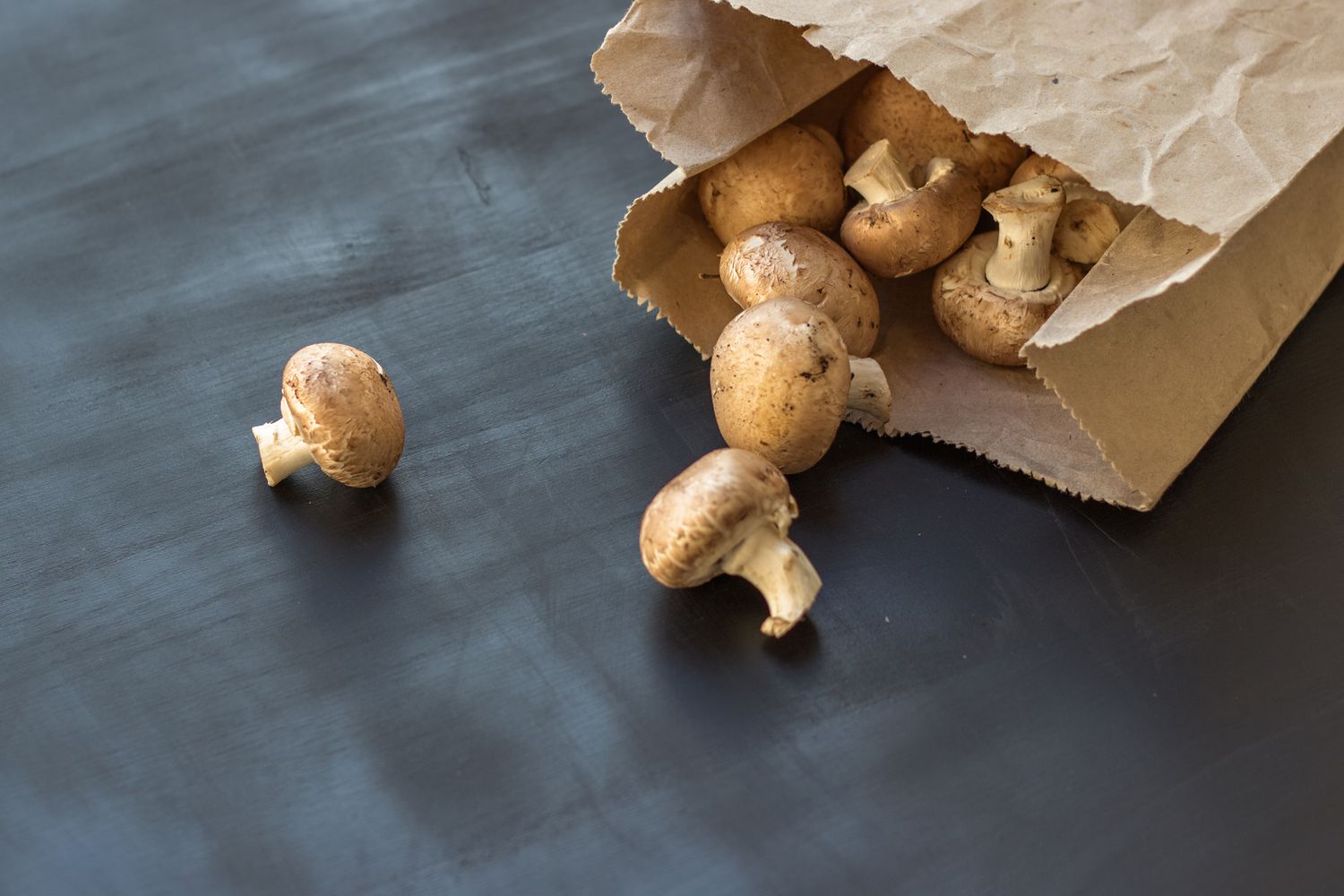
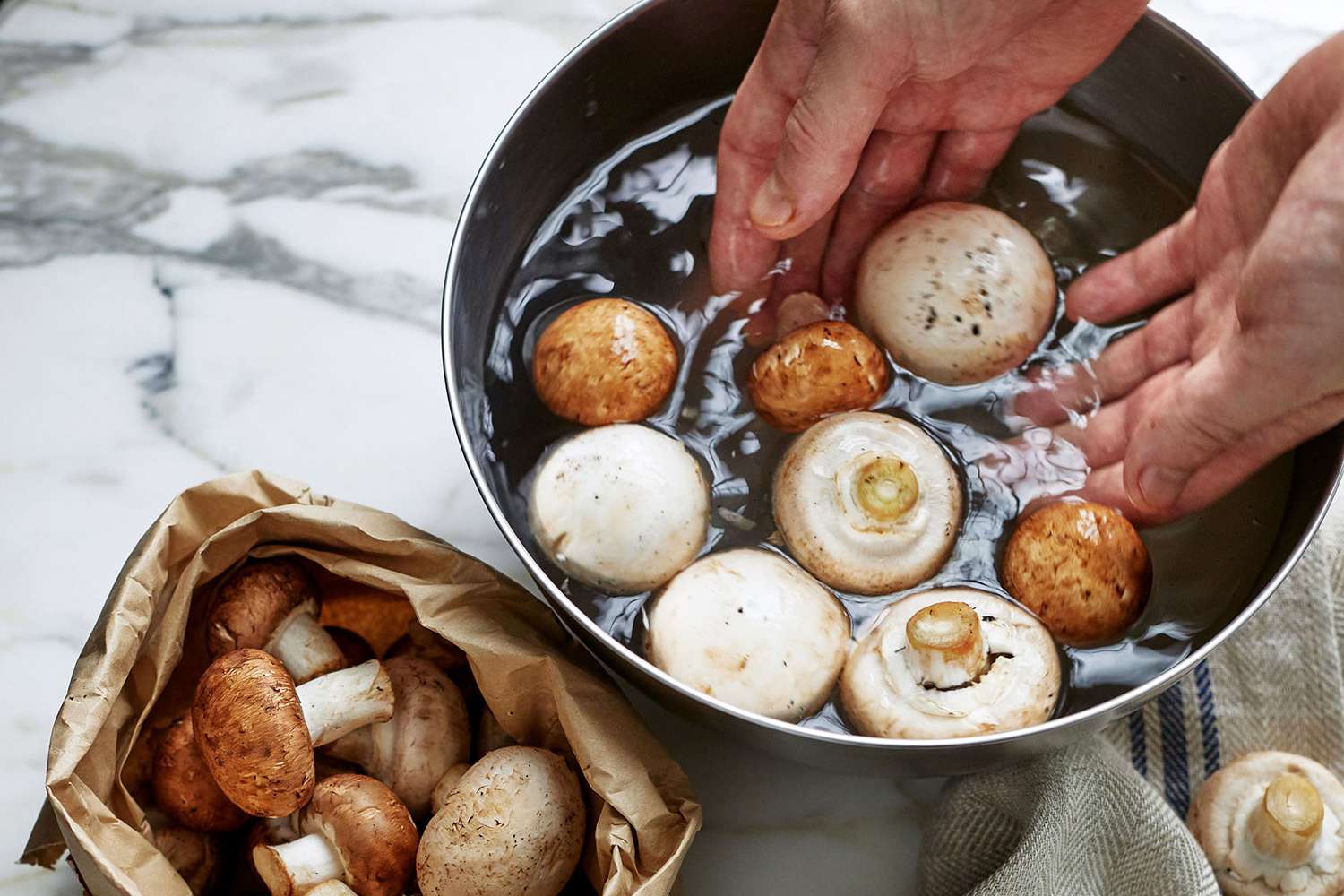
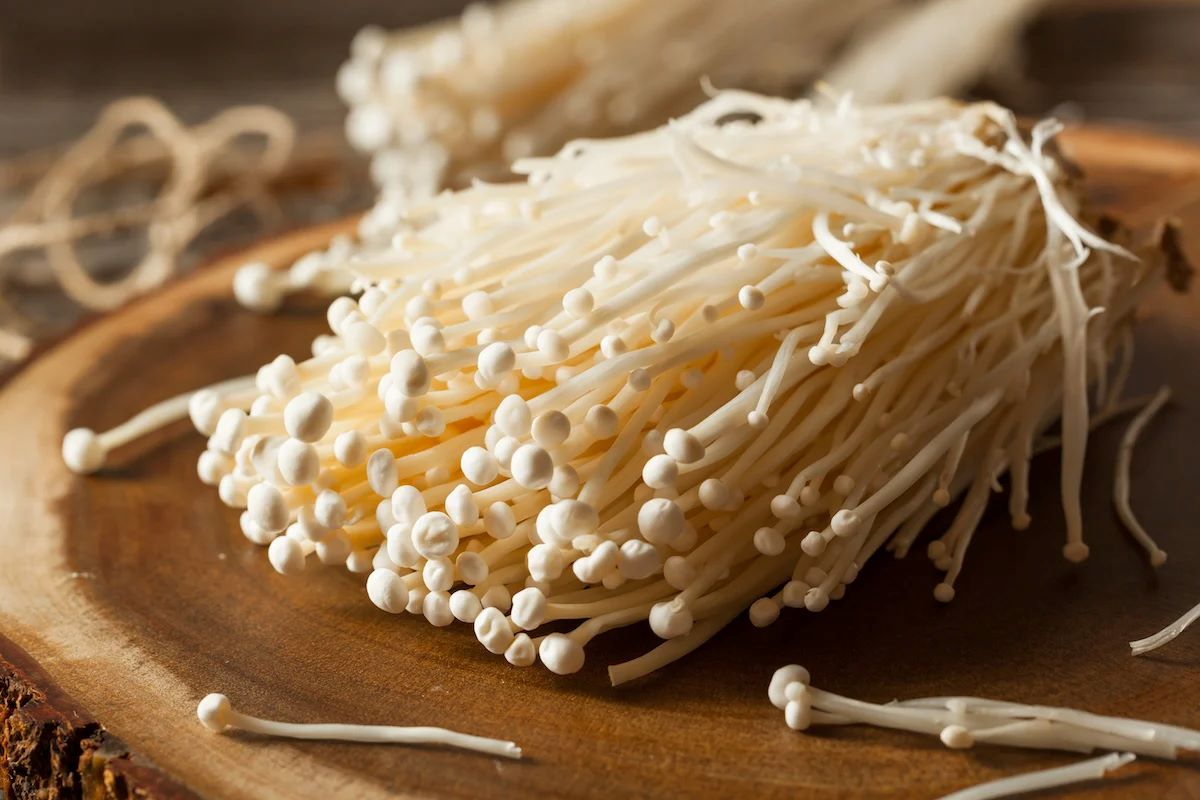
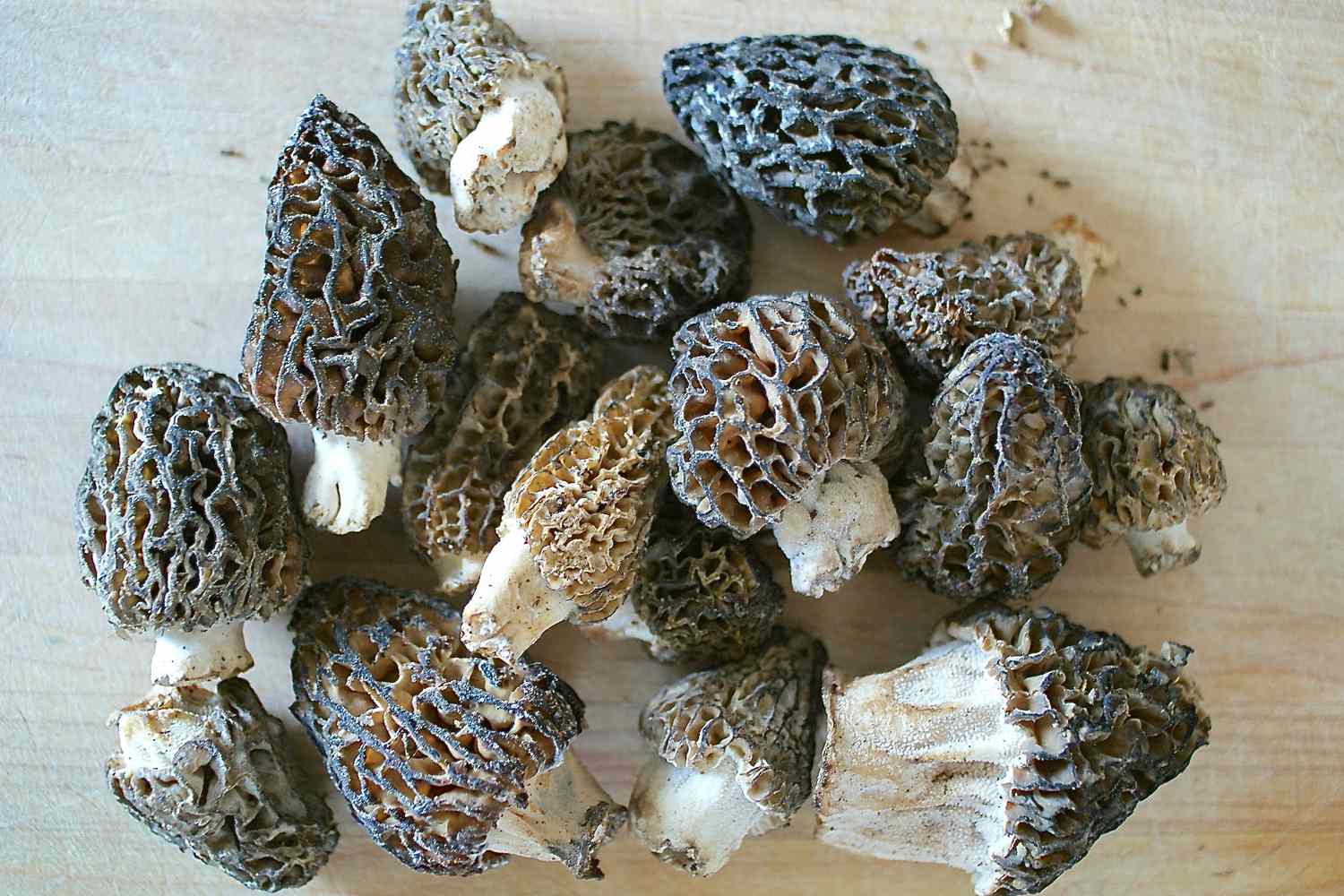
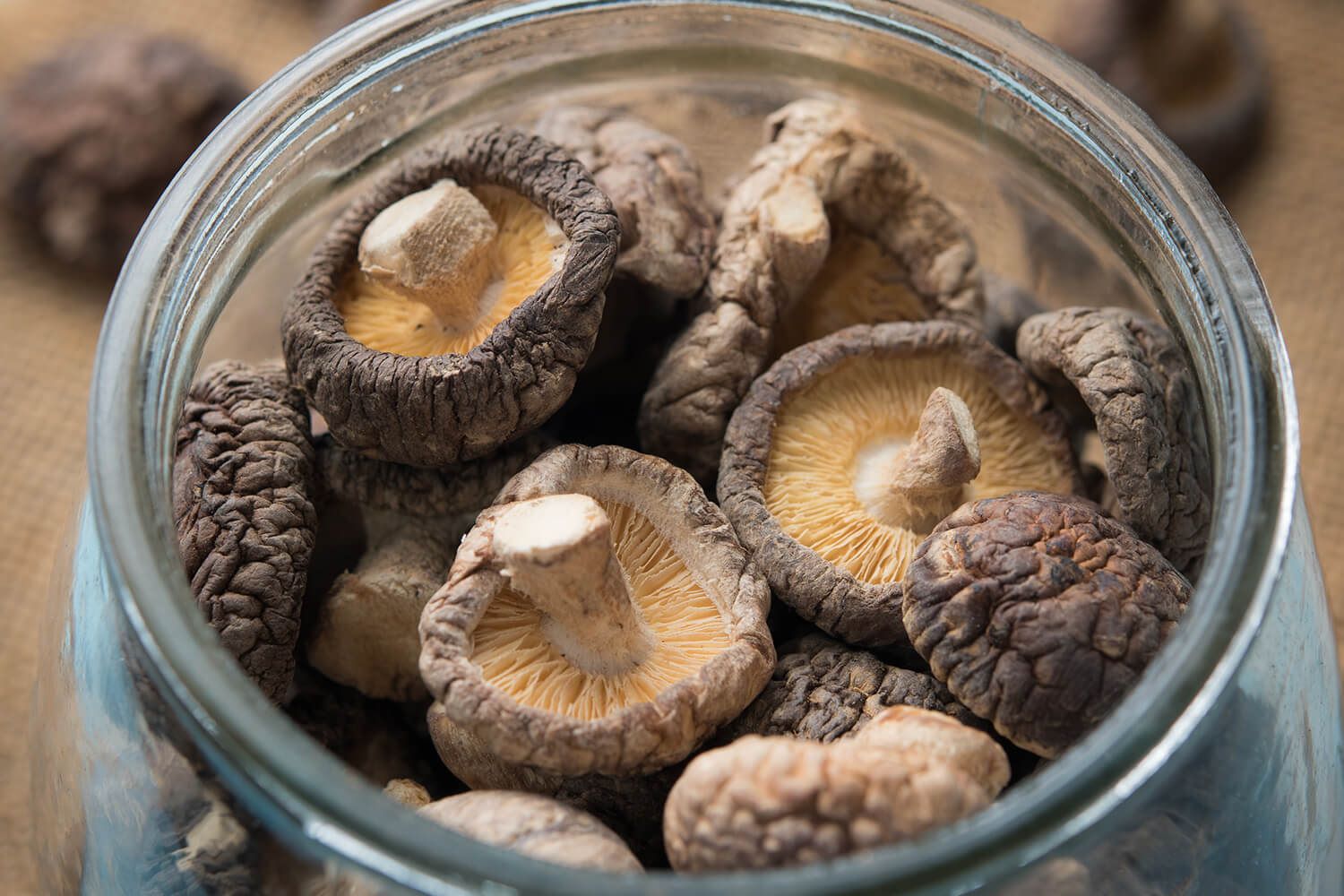
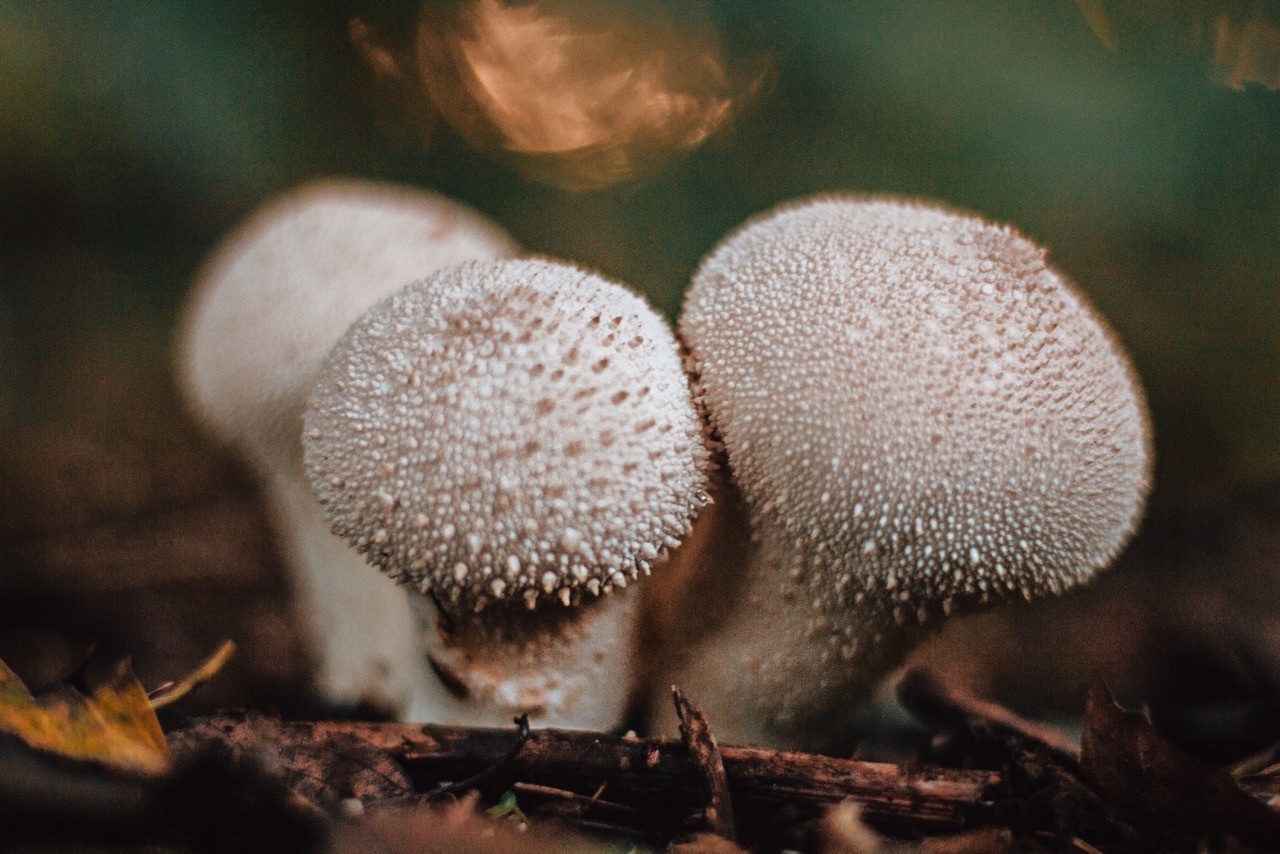
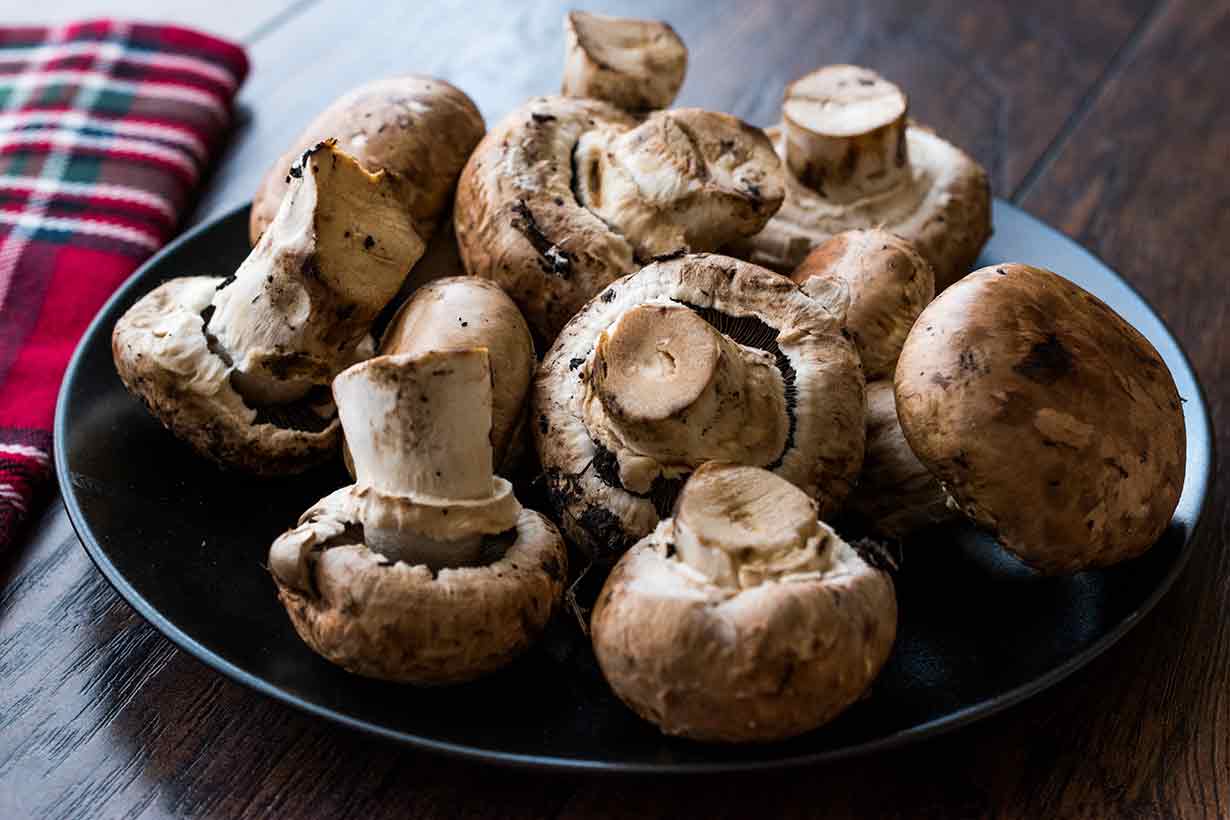
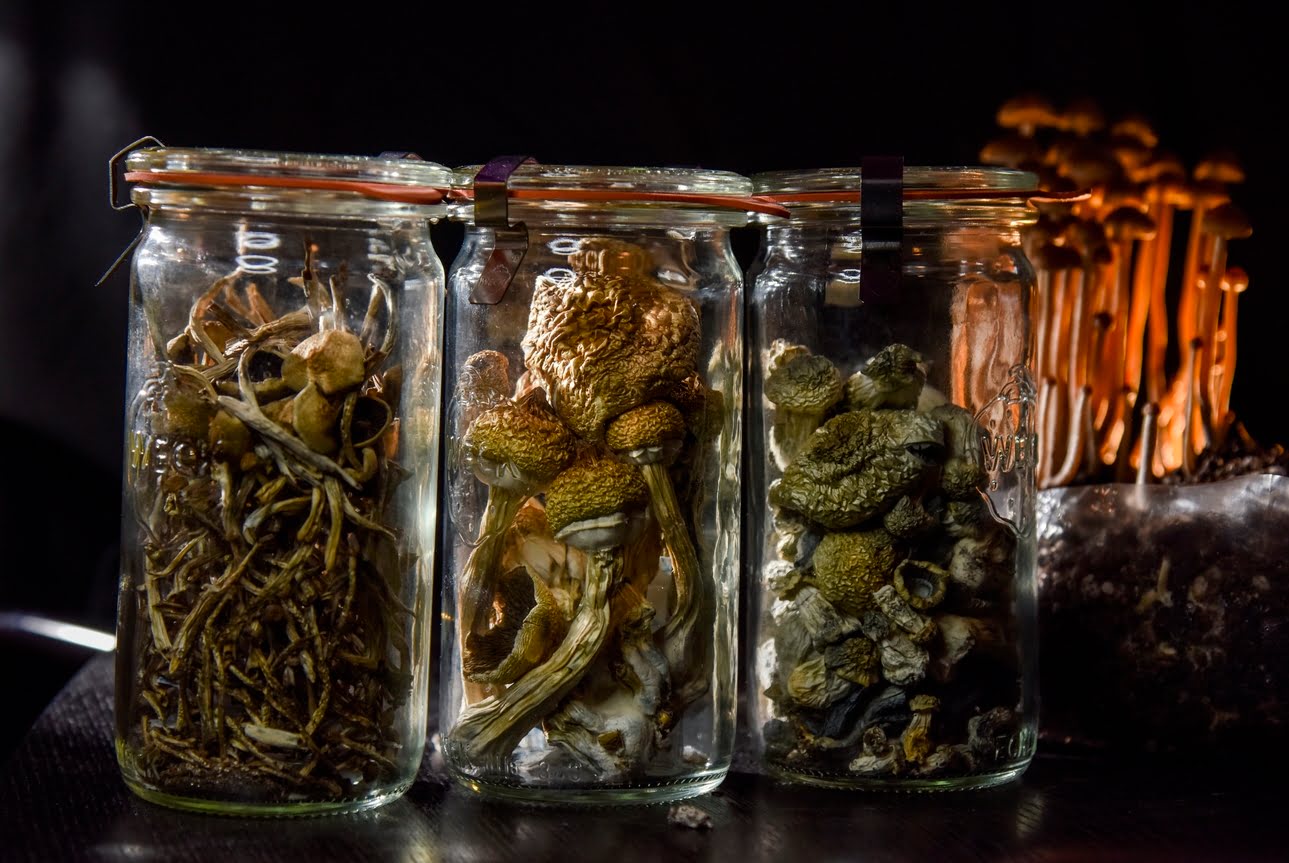
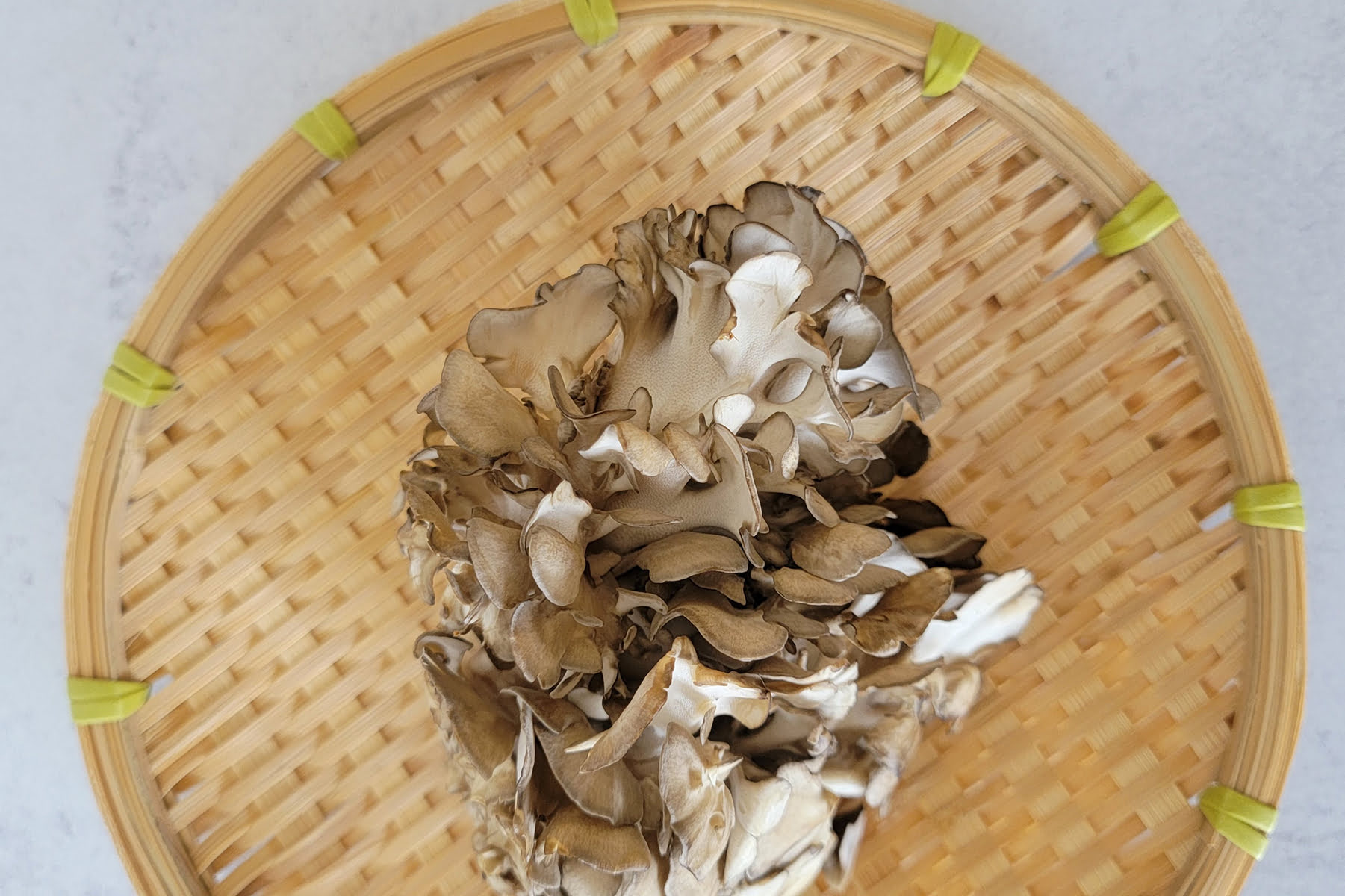
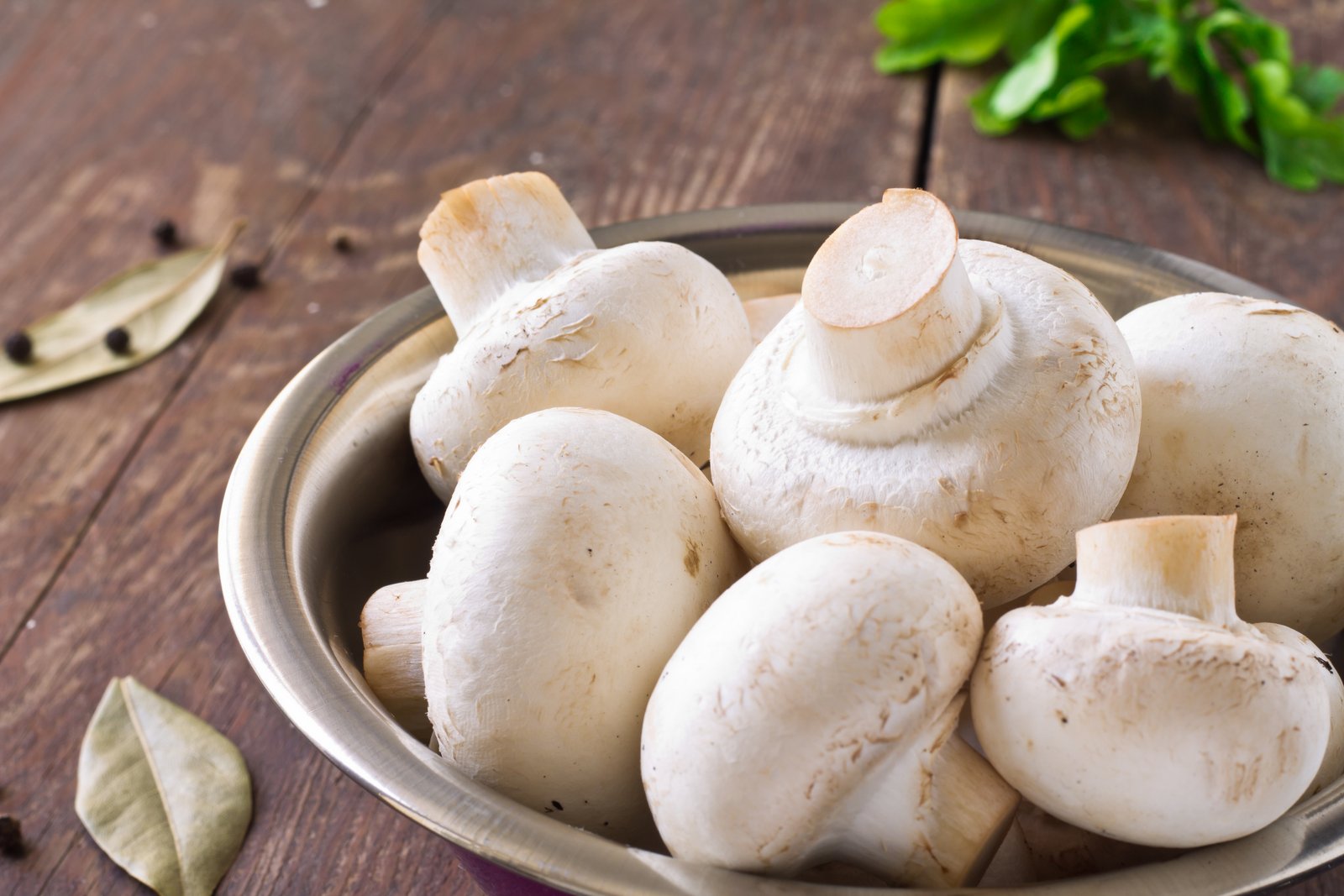
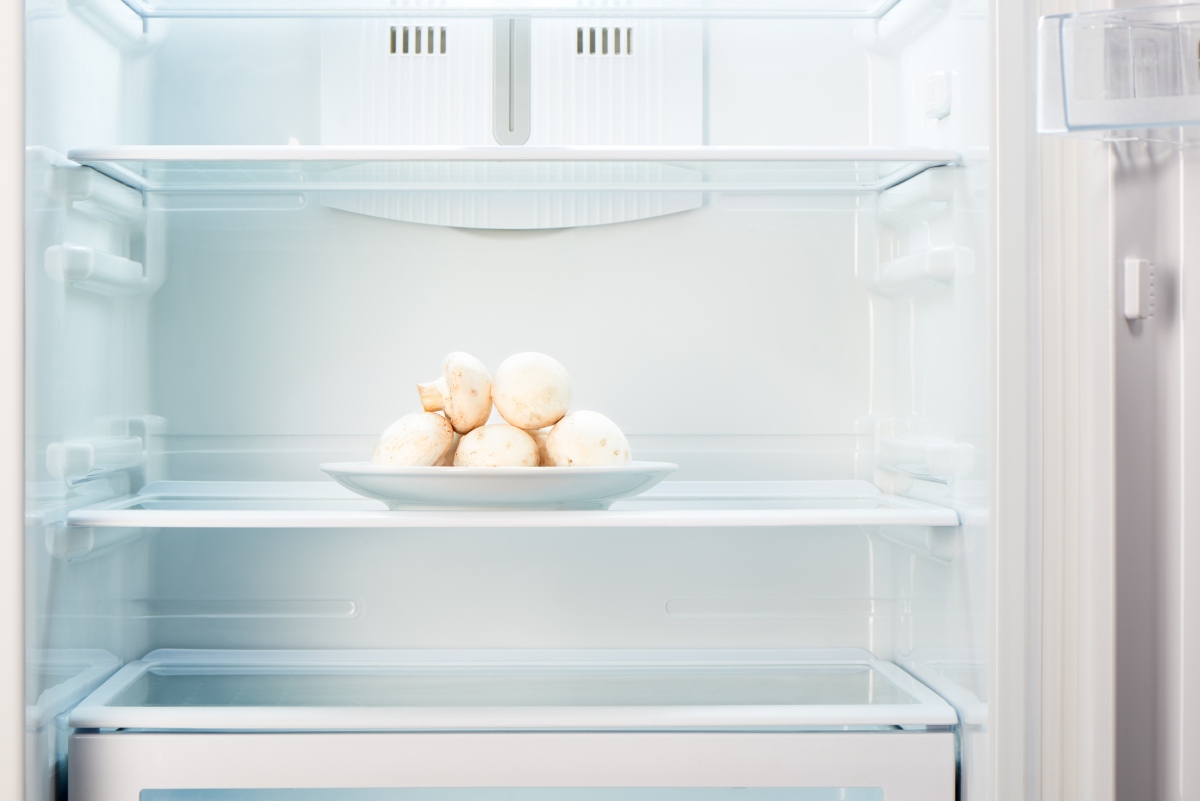
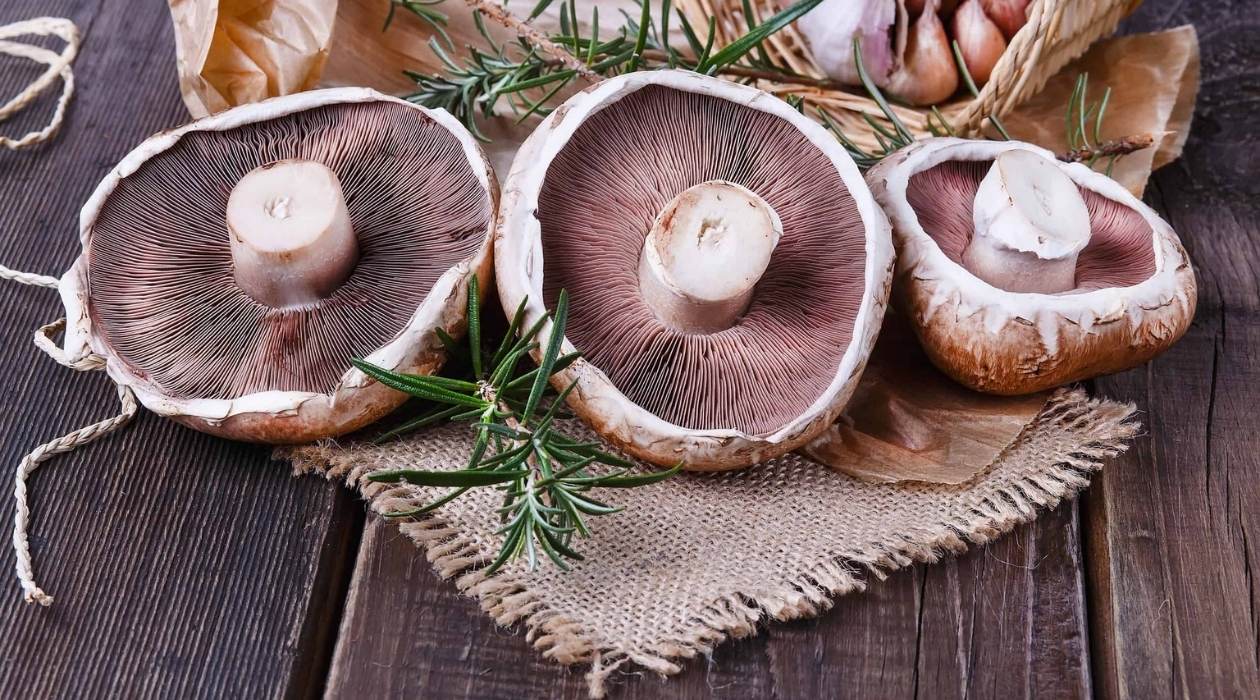


0 thoughts on “How To Store Mushrooms”